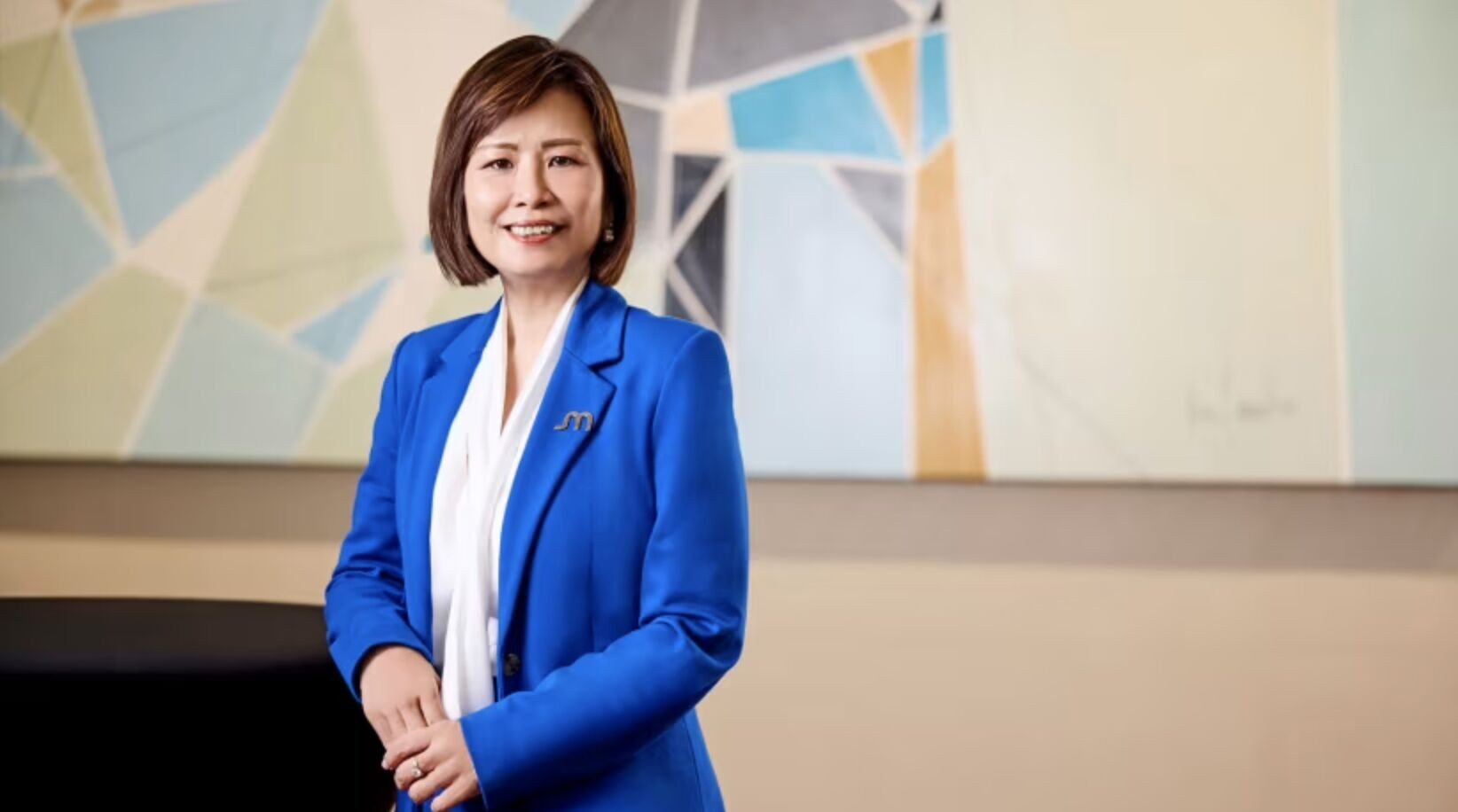Shaping the new world of work
- HRM Asia Newsroom

In part 1 of his article, Steve Boese examines how organisations are supporting key stakeholders and employees, as well as the role technology is playing to help organisations stay connected to internal and external stakeholders.
Here, he addresses key organisation goals for the next few months, as well as how organisations can reiimagine and redesign themselves after the COVID-19 pandemic has passed.
What new goals have you set for your team and organisation for the next few months?
Of all the important business and organisation dynamics we are thinking about at H3 HR, organisations and teams updating, realigning and perhaps rethinking fundamental HR processes like goal-setting, performance management and employee development are not often talked about, but they will emerge as significant for HR leaders.
During this first part of the organisation’s response to the pandemic, and to the business and people challenges that it placed on everyone, most of us spent our time reacting, making quick pivots (to universal work from home, for example) and trying to support the organisation in riding out the likely adverse impact caused by the widespread economic slowdown.
The smaller number of organisations whose business has thrived in the pandemic (like Walmart, Amazon, CVS Health and Papa John’s) have also been focused on reacting and responding, just in a different way. Their response has been geared toward rapid, mass hiring and a surge in customer demand. But in both scenarios, medium- and longer-term strategic thinking have been placed in the background.
But at this point, with some level of “reopening” underway in all 50 states in the US and in many of the most affected countries around the world, we are moving closer to devoting at least some time, energy and resources to resetting organisational, team and individual goals for the second part of 2020.
It is almost certain that all of your planning assumptions that underpinned the original 2020 goal-planning and setting process have turned out to be either wrong or not meaningful. Sales and growth targets are out the window, hiring and expansion plans have been halted, perhaps even the organisation has had to pivot entirely to make it through these last few months.
Said differently, I doubt the HR leaders at Ford Motor had a page in their 2020 plans that had the word “ventilator” on it. The point is not that things have changed so much and so rapidly and we have all been in response mode; we all realise that.
The point is, organisations and HR leaders that are able to transition most effectively and swiftly to realign the organisation and their people to our new reality will be the ones with the best chance of success.
How will you reimagine and redesign your team and your organisation once the pandemic has passed?
This question is likely to be, at least for the moment, the one we all have the least amount of headspace to consider—but, ultimately, it will be the one for which the answers will be the most enduring.
Does our ability to pivot to a fully remote workforce in the short term mean we should remain a remote workforce in perpetuity? Do the new methods and tools we have adopted for collaboration and communication become the new standard moving forward?
Does our enhanced attention to employee safety and well-being become ingrained in our organisational DNA, and are we willing to make the investments needed to support our teams more fully?
And finally, and likely most importantly, will the openness, transparency, honesty, vulnerability and empathy exhibited by so many HR and business leaders throughout this crisis become fundamental pillars of our organisational cultures and of how we identify, nurture and select future leaders?
I know it is early days to be thinking about some of this, but I wanted to plant a marker now, in mid-2020, as learning and evolving from our experiences in the first part of this year is essential to shaping the new world of work into something better, stronger, more resilient and more caring than the one that has been so rapidly disrupted.
The pressure on HR and business leaders is only going to intensify, and quite rapidly at that. Navigating the pressures you are bound to feel from all sides – employees, customers, community members, company leadership and even your own friends and family – will create what is likely to be the most stressful and important time in the recent history of the practice of human resources.
This is the moment for HR, whether we want it or not. And I am confident, at this time, that the single most important leadership characteristic is humanity. That is what, in the end, HR is about, at least for me. That is also why I know, if you are reading this, you are ready to take on these challenges.
Good luck to all, be safe, and be well.






